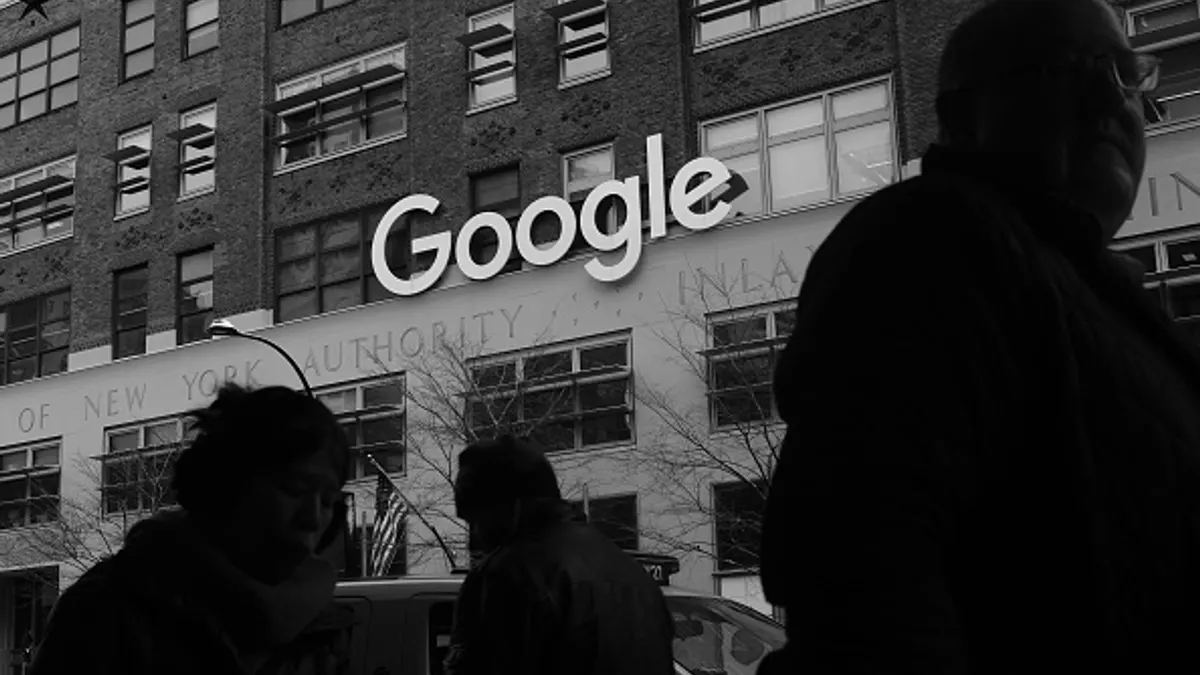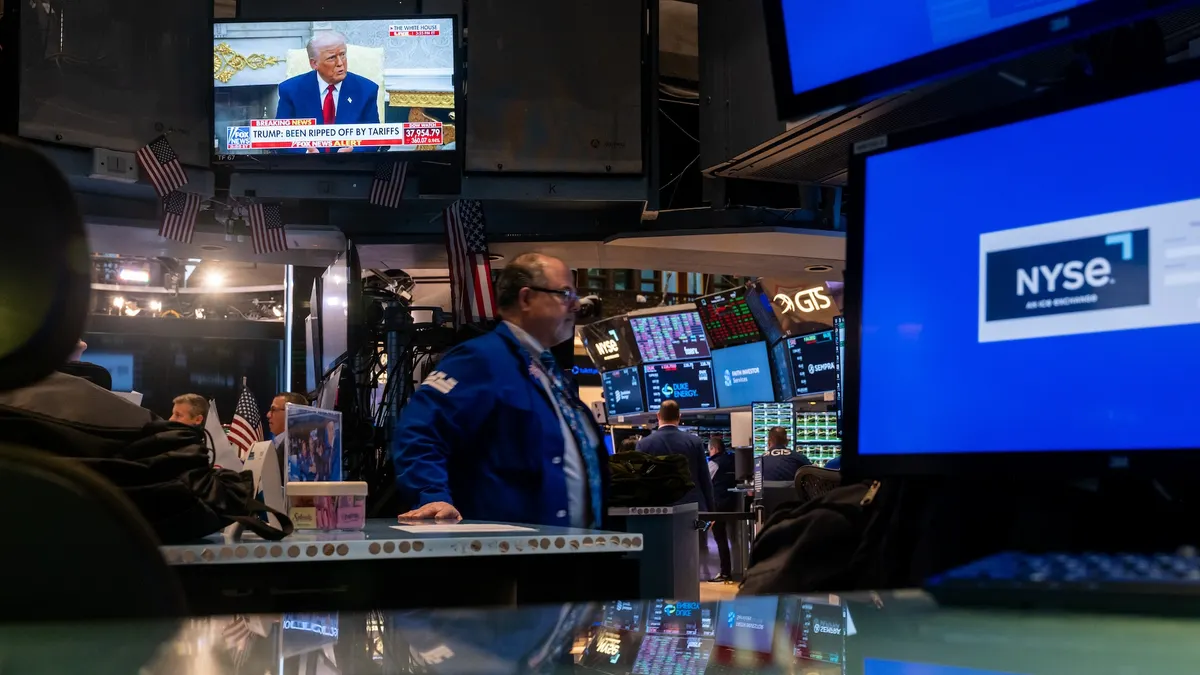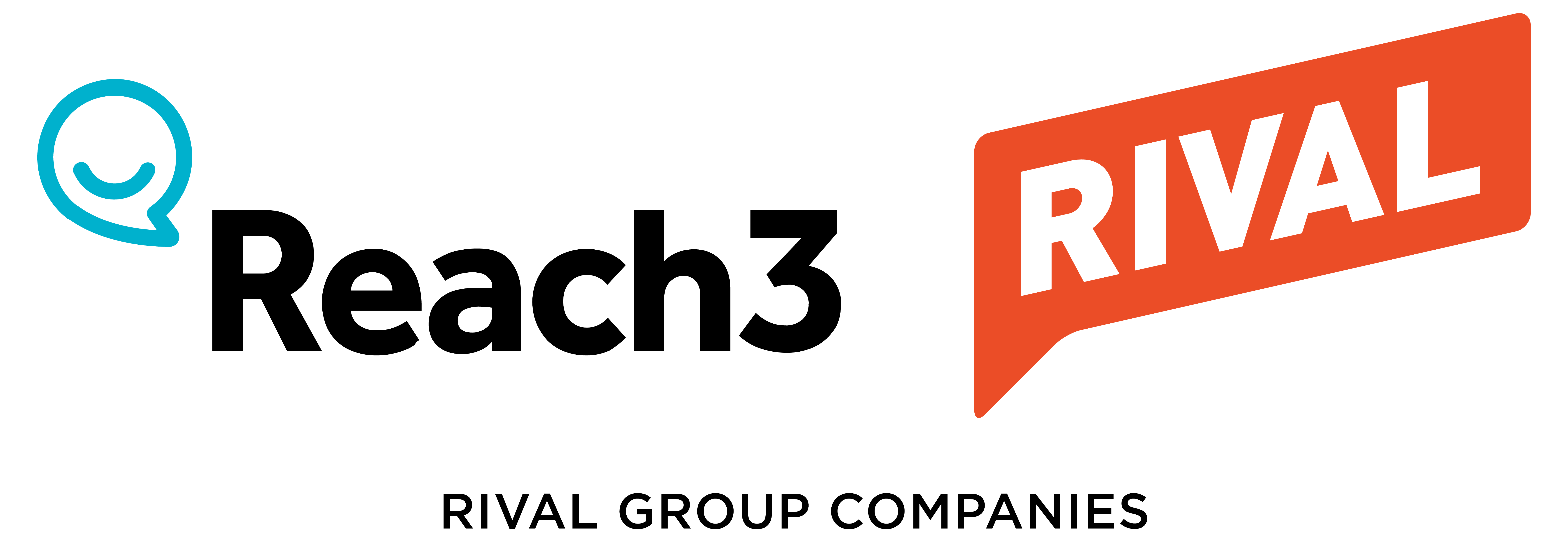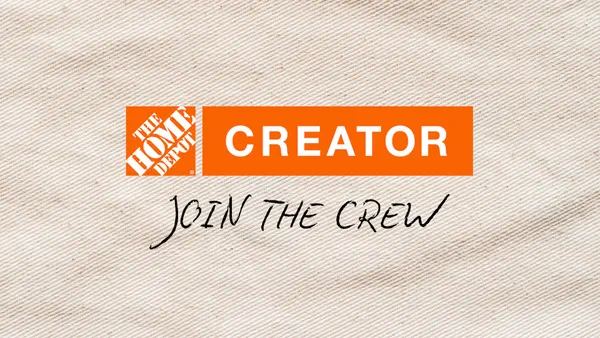Dive Brief:
- Alphabet’s revenues increased 16% year over year to $102.3 billion in Q3 2025, with double-digit growth in its search, YouTube ads, Google subscriptions, platforms, devices and cloud businesses, per a press release.
- Google Services, which includes search and YouTube ads, saw revenue increase 14% to $87.1 billion in the quarter. Search revenue was led by growth across all major verticals, particularly retail and financial services, with YouTube seeing similar performance.
- Alphabet’s continued growth — which beat Wall Street expectations — demonstrates that its full-stack approach to artificial intelligence (AI) is paying off in various areas of its business.
Dive Insight:
Alphabet delivered its first-ever $100 billion quarter in Q3, a revenue milestone that signifies that the company is “firmly in the generative AI era,” CEO Sundar Pichai said on an earnings call. The tech giant has differentiated itself with a full-stack approach to AI that spans infrastructure, models, tooling, products and platforms.
That approach is paying off in areas most important to advertisers, including search and YouTube ads, which both saw 15% year-over-year revenue growth. AI is driving expansion for Google’s bedrock search product, with experiences like AI Overviews and AI Mode contributing to an increased growth rate in overall queries. The company has seen consistent week-over-week growth in usage of AI Mode since its launch in the U.S.
YouTube is using AI to help content creators and expand monetization by automatically identifying products to make videos more shoppable. The company is seeing growth in revenue on direct response advertising on YouTube, especially from small- and medium-sized advertisers, with interactive direct response ads exceeding a $1 billion global revenue run rate.
YouTube has held the top position in streaming watch time in the U.S. for more than two years, according to Nielsen data cited by Alphabet, although Shorts now earn more revenue per watch hour than traditional in-stream videos.
With creators in mind, YouTube has rolled out tools that can better connect content and brands. Comcast Xfinity, in collaboration with publisher Dude Perfect, drove an 8% search lift and a 34% recall lift on Shorts. Simultaneously, it decreased the cost per lifted user by 50% when compared to the next most efficient ad.
Elsewhere, Alphabet has worked to build AI tools to help advertisers automate many parts of campaign creation, launch and measurement. Google has enriched its marketing mix model, Meridian, and added more granular reporting to its PMax product. The latter helped financial services company SoFi drive a 39% improvement in its conversion volume year-over-year.
AI Max and Search rolled out globally in September and already has been used by hundreds of thousands of advertisers, making it the company’s fastest-growing AI-powered search ads product. For example, travel platform Kayak grew conversion value by 12% in early tests of AI Max and Search.
“By delivering the most relevant ad across surfaces and matching advertisers against additional queries they weren't reaching before, AI Max helps advertisers discover new customers at the exact moment they need their product or service,” said Philipp Schindler, senior vice president and chief business officer of Google, on the earnings call.













